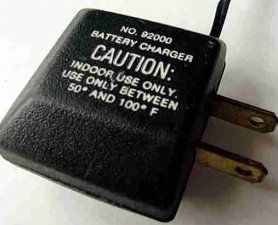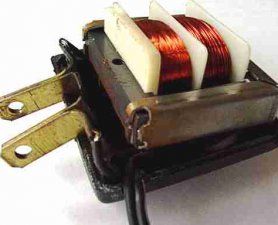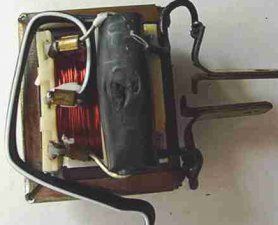How many of those little Power Cube thingies do you have around your house? Here's how many I found around mine:
Advertisement
- The answering machine
- The cordless phone
- The cell phone
- The electronic anti-flea ultrasonic noisemaker (we have 4 dogs)
- The digital camera
- The nicad battery recharger
- The video camera battery replacer/recharger
- The digital clock in the bedroom
- The electric toothbrush
- The electric razor
- The electric screwdriver
- The electric drill
- Both sides of the baby monitor
- The laptop computer
- The office phone
- The ink jet printer
- The speaker system on the computer
- The tape recorder that records notes in the office
- The calculator recharger
- The 9-volt battery replacer for the radio
- The radio shack universal power cube
22 of them! (remember, the baby monitor has 2) And they are all different - they have different plugs, different voltage ratings and different amperages.
So let's take one of these apart and see what's inside.
Advertisement


